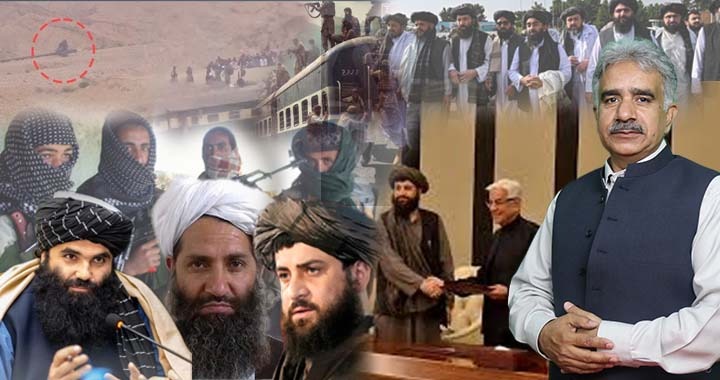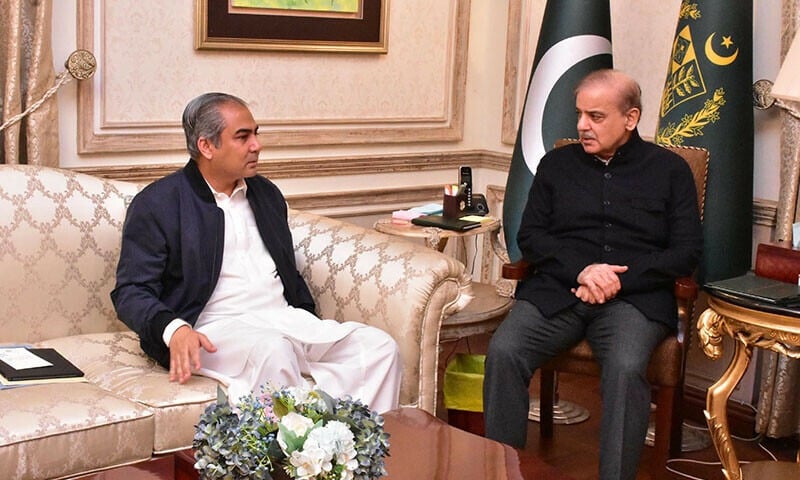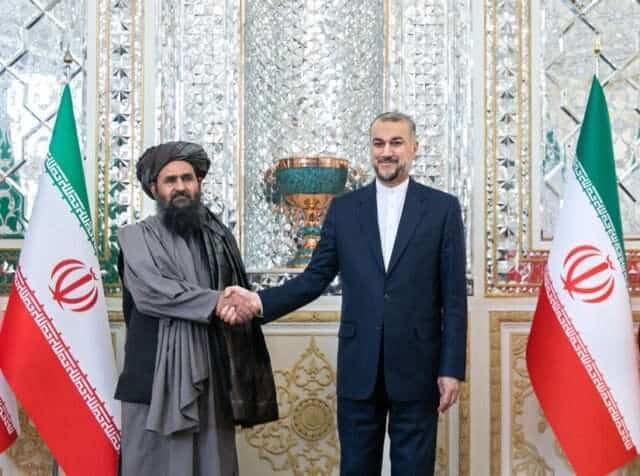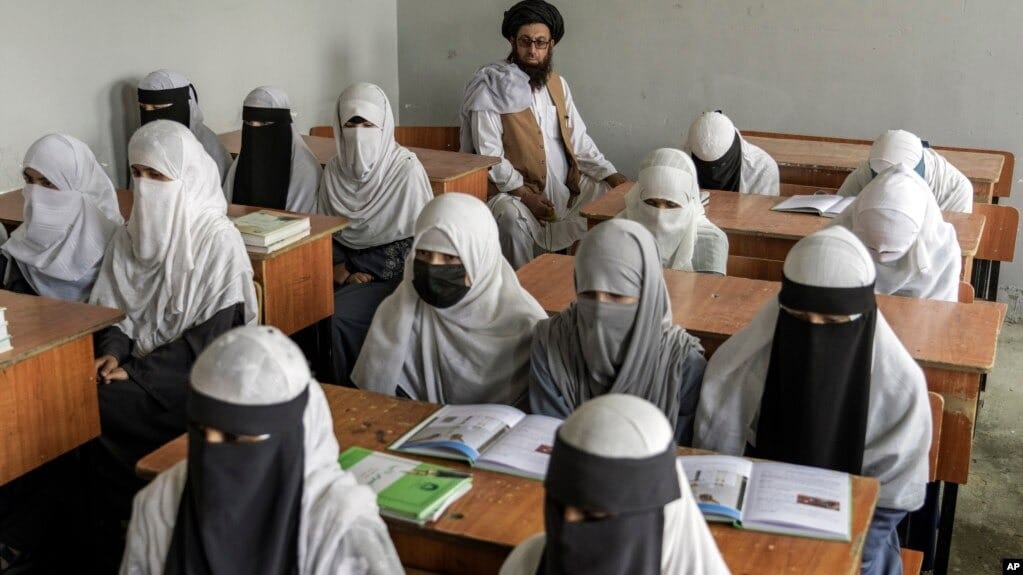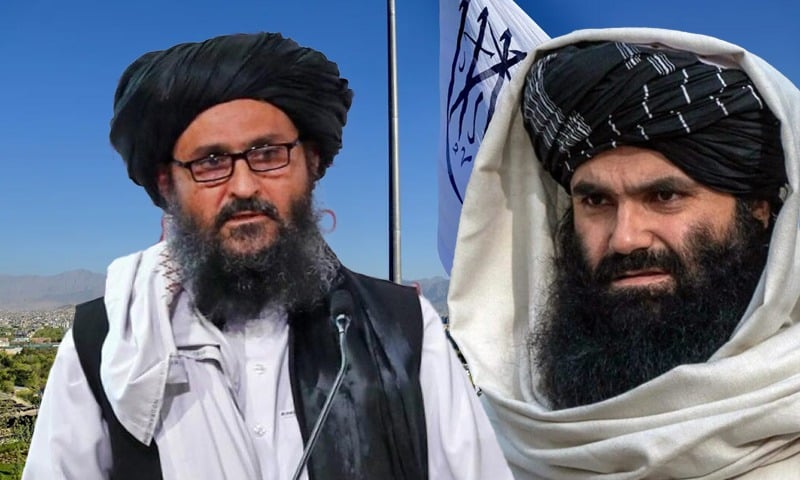Despite their internal rifts and power struggles, the Afghan Taliban remain one of the most potent threats to global security. Behind the façade of governance in Kabul lies a deeply fractured movement — divided between the Kandahari and Haqqani factions, undermined by infighting, yet still capable of exporting violence across borders. Their unwillingness to evolve, their alliances with transnational militant networks, and their use of terrorism as leverage against neighbours have made them not just Afghanistan’s problem, but the world’s.
I think the Afghan Taliban are not a single, unified entity, they are a collection of competing groups and interests. At the centre of this fragmentation is a visible split between the Kandahari group and the Haqqani group. The Haqqani network, led by Sirajuddin Haqqani, is currently the most powerful force, with more than 12,000 fighters, and; unlike some other elements, is trying to move things forward peacefully. The Kandahari faction, in contrast, appears entrenched in a stubborn posture under leaders like Hibatullah Akhundzada and Mullah Yaqoob; their narratives are rigid, and that stubbornness, I believe, is suicidal for the movement and harmful to ordinary Afghans.
There are other actors outside these two main currents, Gulbuddin Hekmatyar’s group and the jihadi leaders of northern Afghanistan, who are not integrated into the current system. Different leaders control different parts of the landscape, and these competing centres of control are a major reason the current government’s days look limited. In short: the Taliban’s internal divisions are deep, structural and political, not merely rhetorical.
A second, compounding problem is the presence and behaviour of other terrorist organisations inside Afghanistan. IS-KP (Daesh Khorasan), the TTP and the BLA are active, fighting the Taliban, attracting fighters, and using the conflict to their advantage. A lot of Afghan Taliban fighters are joining IS-KP; the Taliban are using groups like the TTP and BLA, in some cases, as a card against Pakistan. These militant networks are strengthening and, where Kabul’s control is weak, they are filling the vacuum.
Internally the Taliban are also dealing with arrests and defections: more than 3,600 Afghan fighters have been imprisoned for working with TTP, IS-KP and other groups. Corpses are returning from the border; incursions continue; when twenty people are killed, we see five or six Afghan Taliban casualties among them. The battlefield and the prison cell both point to fragmentation in the ranks.
Political resistance has also re-emerged. The Mujahideen commanders of the Northern Alliance have formed an alliance to resist politically, and leaders like Rashid Dostum are vocal about the Taliban’s direction, calling the current trajectory a step toward the destruction of Afghanistan. This political front against the Kabul administration strengthens the argument that the Taliban’s tenure in government is precarious.
Doha and the guarantor role of third parties introduce another dynamic. After talks in Doha, and with Turkey and Turkish intelligence involved as supervisors, two options present themselves: either the Afghan Taliban will take action against militant groups like the TTP and BLA, or they will relocate those groups instead. If guarantors are supervising, then lying is difficult; the Taliban will be forced to act. Yet, on appearances, many do not believe the Taliban will genuinely follow through — even though targeted operations have begun in some places.
The internal divisions within militant networks are visible too. For example, after the death of BLA commander Gul Rehman, a new group calling itself BLA-R announced a revolt against the main BLA (Bashir Zeb group), accusing it of intelligence-sharing that led to Gul Rehman’s death. Such splits, appeals for external support — including requests to India for financial and logistical aid to launch large attacks — and intra-militant clashes like the rivalry between TTP and Hafiz Gul Bahadur for supremacy show that fragmentation is not confined to the Taliban alone.
If the Taliban do not change course and try to move with the world, their stance will remain suicidal. I think this will put the Afghan people into great torment. There is a real risk of civil war; opponents could revolt; and if those in power do not agree among themselves, governance will be extremely difficult. The Taliban also have complaints with neighbours — Pakistan, Iran, Central Asian republics — and this regional mistrust raises the stakes further.
There is also a narrative battle: the Taliban are pushing social-media narratives to emotionally satisfy their people and to win hearts by claiming historic legacy and refusing to accept established borders like the Durand Line. I have suggested they should take territorial claims to the United Nations if they truly believe the line is not a border. Go to the UN — make your case there — rather than engaging in rhetoric that risks wider conflict.
The socio-economic picture inside Afghanistan is bleak by the standards the Taliban themselves invoke: no development, no education, no infrastructure, no employment projects, no industry. Fighters tempted by money and weapons — there is, I have said, more than $2 billion and weapons available — move across groups for financial reasons. The lack of state-building capacity fuels recruitment and enables militias and criminal networks.
Finally, I predict that if international pressure increases and conflicts among groups continue, there will be nowhere safe for the Taliban to hide. Iran treats Afghan immigrants differently, keeping them in camps and returning some; Pakistan has hosted Afghans in cities and homes and allowed them to work and do business — a favour that I feel ought to be acknowledged. If the Taliban government falls, where will they go? Will they come to Pakistan again, ask China or Iran for asylum, or try to move north where linguistic and religious differences make unity difficult? Their lack of coherent, unifying identity beyond narrow factions will limit refuge options.
On the international stage, Pakistan has legitimate demands: end terrorism that is being planned and launched from Afghan soil. If the Taliban do not take action against the TTP, BLA and IS-KP, what does it mean? If they continue to own or enable terrorist groups, then the international community must make decisions. Pakistan has involved Turkey and Qatar to verify claims; those countries should check and, if Pakistan’s claims are correct, they will have to support Pakistan.
In short: Afghanistan today is defined by factional Taliban politics, competing militant groups exploiting the fragmentation, mounting political resistance, and regional mistrust. Unless the Taliban change course, act against transnational militants, engage with guarantors transparently and address the humanitarian and governance void inside Afghanistan, I think their government’s days are numbered — and the world cannot afford to ignore the danger they continue to pose beyond their borders.

